Introduction
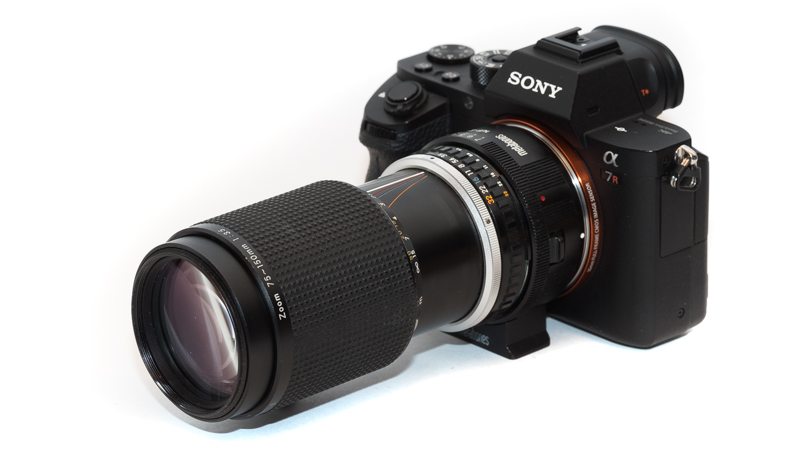
The Series E lenses were meant as a low cost alternative to the more expensive yet reknown Nikkor lenses. This didn’t work out so well for Nikon, at that time many people were simply not interested in “cheap” lenses made mostly from plastic. Nevertheless, some of these lenses are quite good optically, therefore I take a look at the Nikon Series E 75-150mm 3.5 zoom lens.
Sample Images
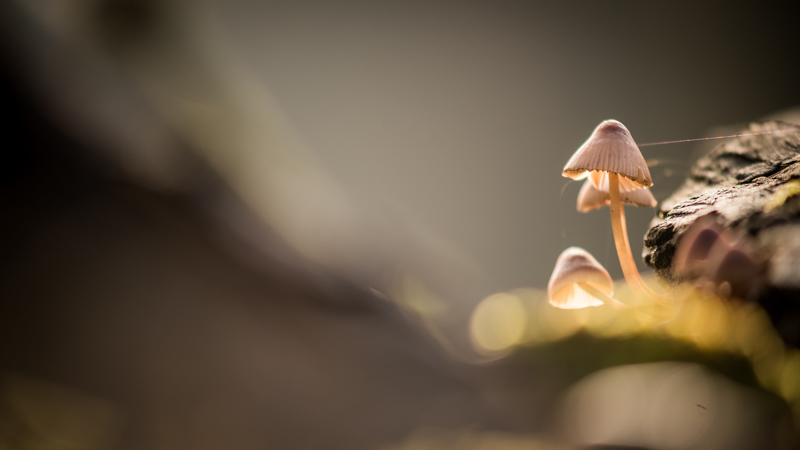
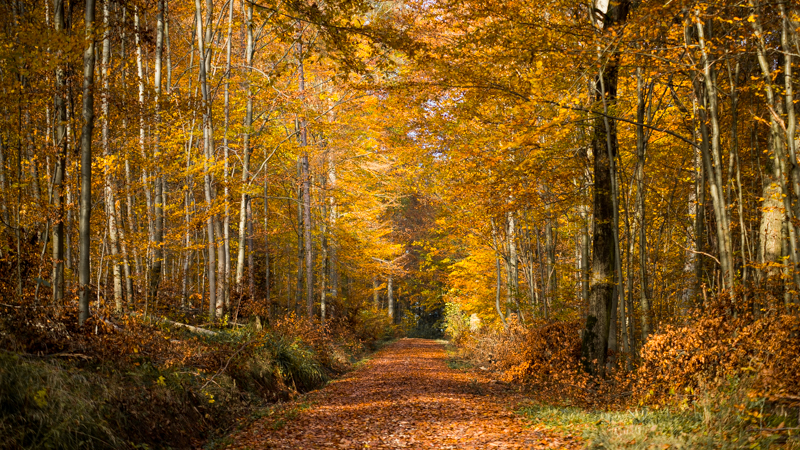

Specifications / Version History
This was the first 75-150mm 3.5 zoom by Nikon and there hasn’t been another one since. It has the following specifications:
-
- Diameter: 65 mm
- Field of view: 32° to 16° (diagonally)
- Length: 126 mm
- Weight: 518g + adapter
- Filter Diameter: 52 mm
- Number of Aperture Blades: 7 (straight)
- Elements/Groups: 12/9
- Close Focusing Distance: ~1.0 m
- Maximum Magnification: ~1:4.8
- Mount: Nikon-F
These are very cheap, you can get one used for as little as 40$/70€ on ebay.com/ebay.de
(affiliate links)
Handling / Build Quality
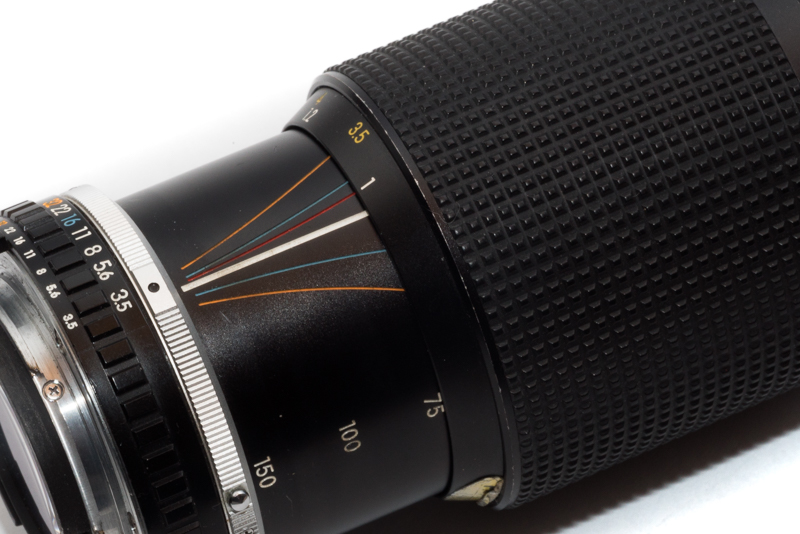
First I must say, I also own the Series E 50mm 1.8 and I expected a similar build quality, but this is unfortunately not the case. Am I the biggest fan of push-pull-zooms? No, but this not my main concern here, zoom creep is. This lens is quite famous for that and for a reason: the big ring which is used for zooming (push and pull) as well as focusing (rotate) is very very loose on my sample. Setting precise focus (or even focal length) is an almost impossible task with this lens and I really disliked using it at all because of this.
The front ring also rotates during focusing, so using a polarizer is not very straightforwarded either.
Vignetting
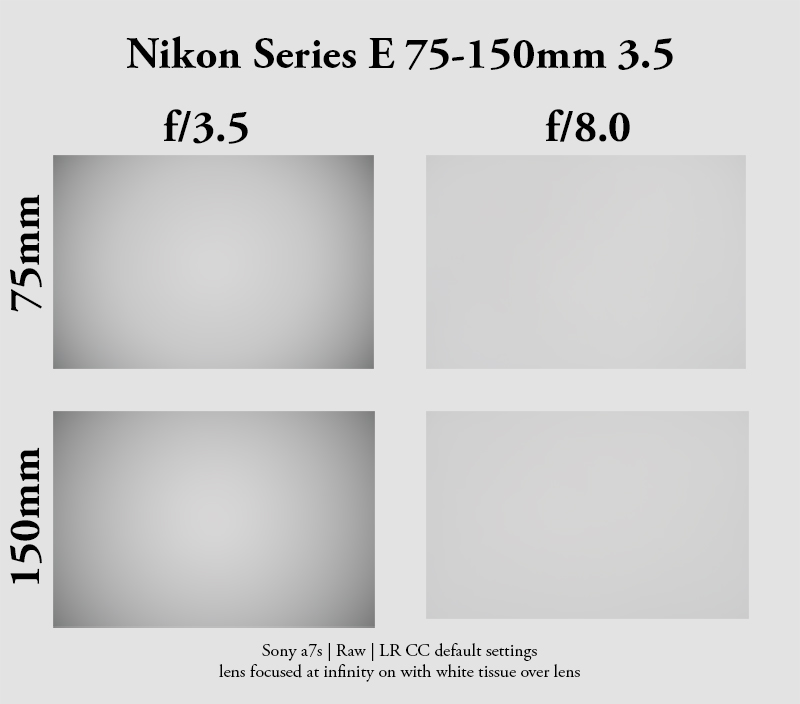
Wide open there is visible vignetting of roughly 1.8 EV at 75 and 150mm, stopped down to f/8.0 it is negligible (~0.2 EV).
Sharpness
infinity
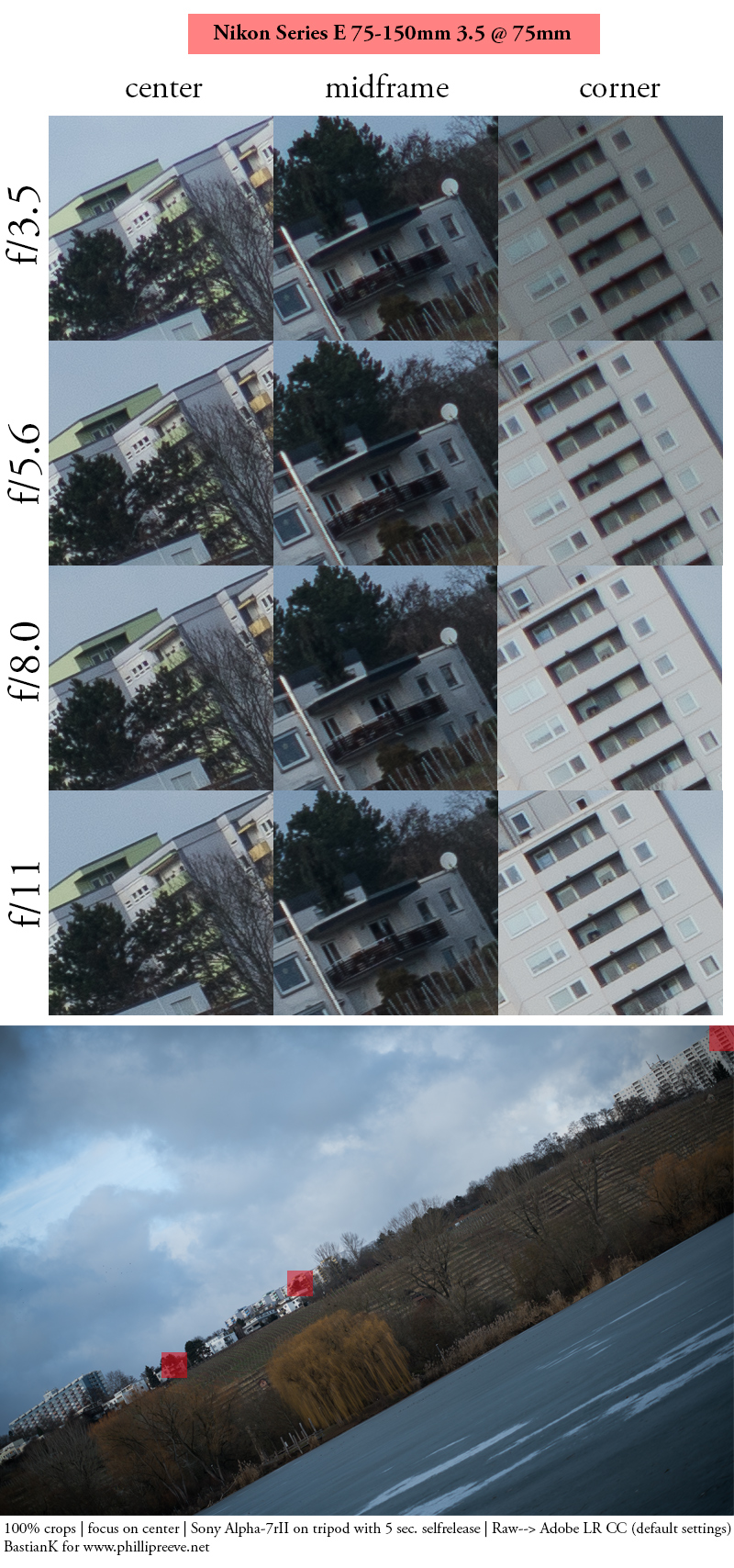
At the shortest focal length the lens holds up quite well, even on the 42mp sensor. Wide open it is already usable across frame, but stopping down to f/5.6 eliminates some purple fringing and the corners look best at f/11.
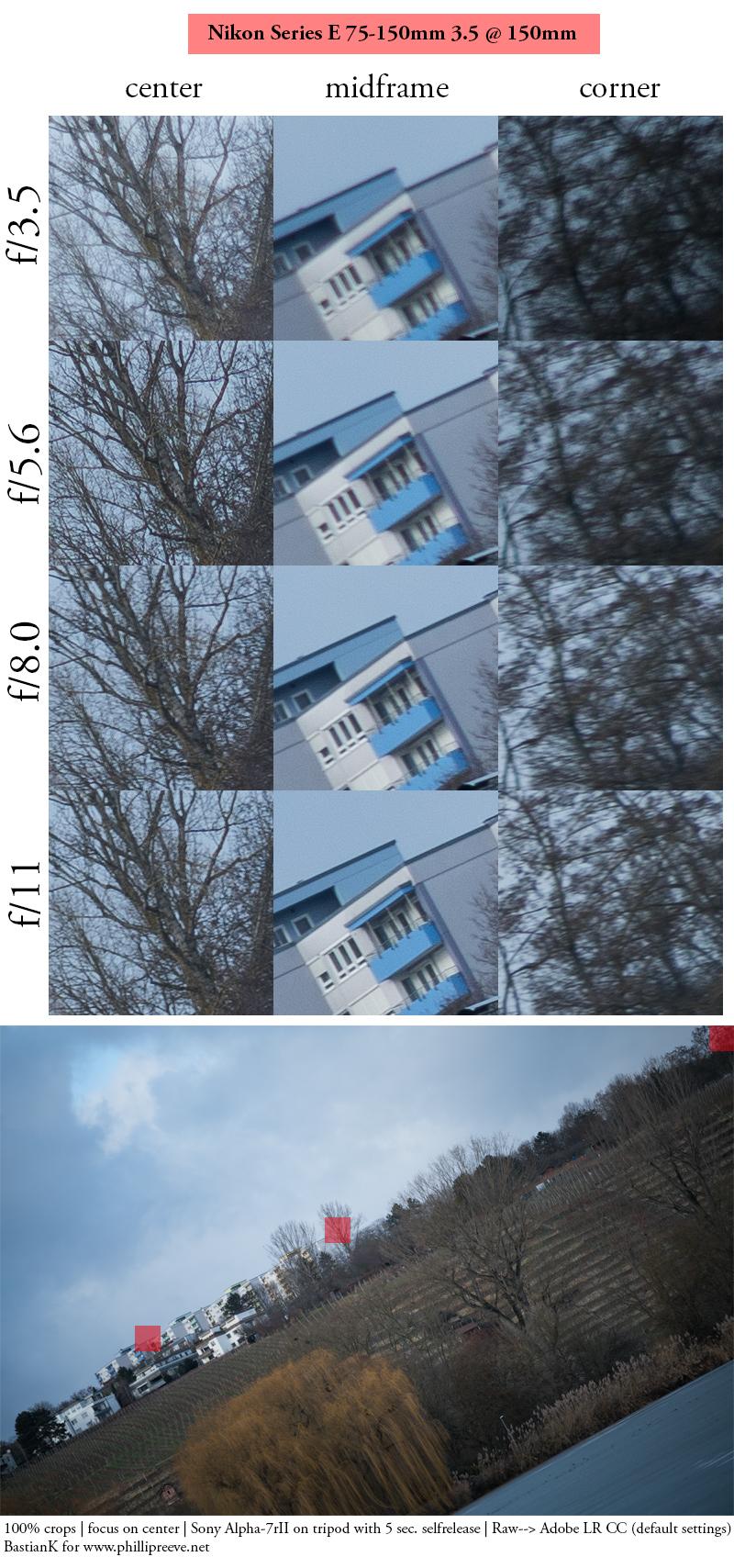
At 150mm things don’t look as good anymore. The center ist rather soft wide open, even looks a little hazy. The midframe is far from great, the corners are nothing to write home about. At f/5.6 the center looks much better, but the midframe and corners look best at f/11 where the corners still don’t look particulary great.
The shots at f/8.0 might be slightly affected by camera shake or defocus. As I was using a Series 4 Gitzo tripod with Arca Swiss P0 head in combination with 5 sec self release and electronic first curtain shutter it might also be possible the loose focus ring was once more the problem here.
Flare resistance

It seems to me coatings are one of these things they tried to save money with the Series E lenses. If you follow my reviews you already know this is an important aspect for me as ghosts and flare can really ruin your shots. And that happened quite often with this lens, regardless of focal length, distance to subject and position of the sun inside or even outside of the frame.
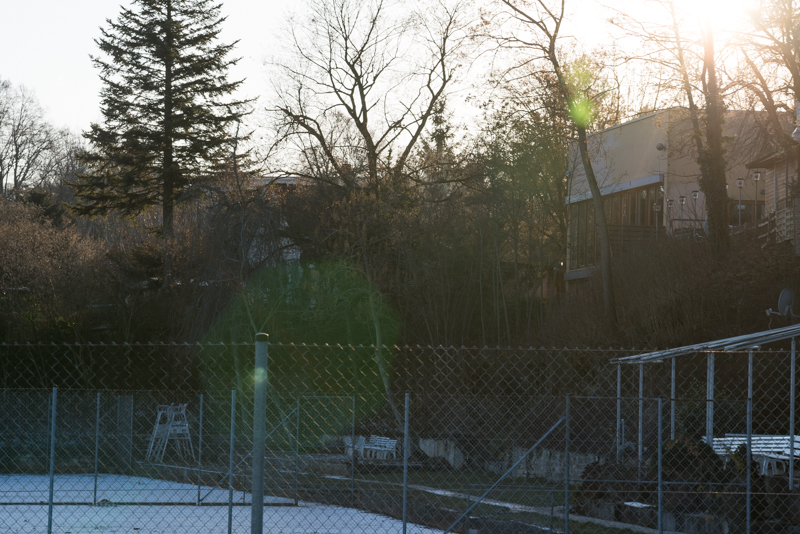
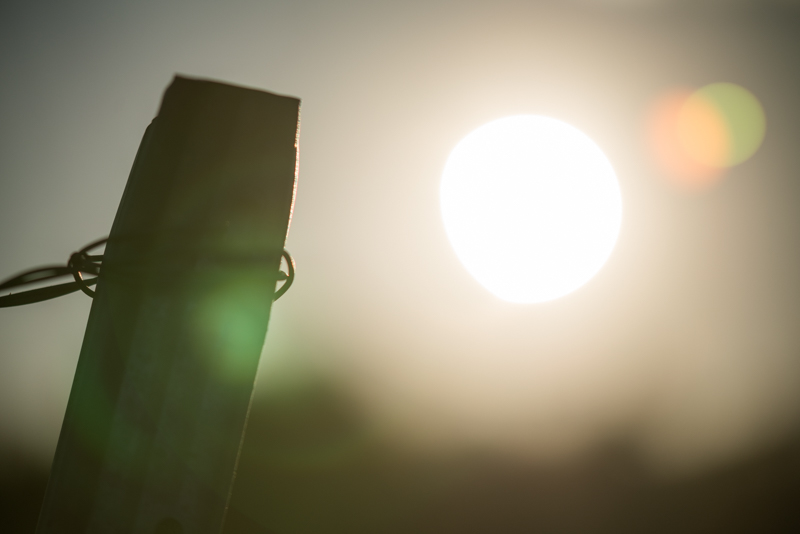
Distortion
At 75mm there is very mild barrel distortion, at 150mm quite pronounced (yet uniform) pincushion distortion, which I had to correct for some shots.
Nikon Series E 75-150mm 3.5 distortion characteristics | Before: 75mm | After: 150mm
Bokeh
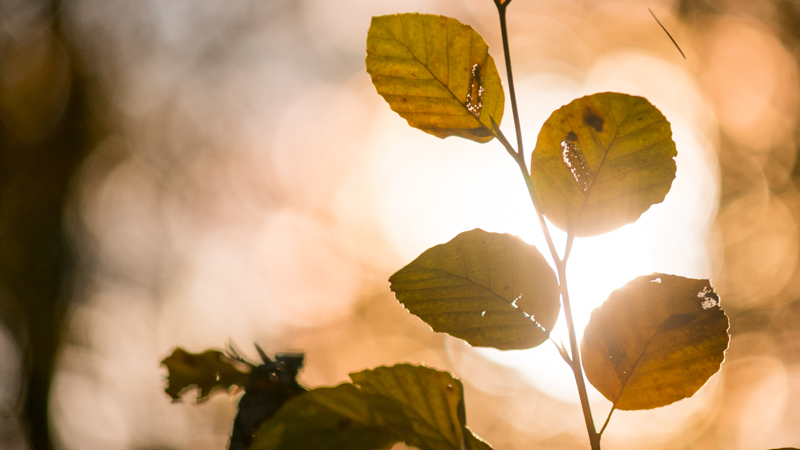
With a maximum aperture of f/3.5 at 150mm you can get quite a good amount of background blur, especially when being close to your subject. It is also more of the smooth kind, even with rather demanding backgrounds like tree branches. I spotted hardly any outlining, but the cat’s eye effect is certainly visible in some shots.
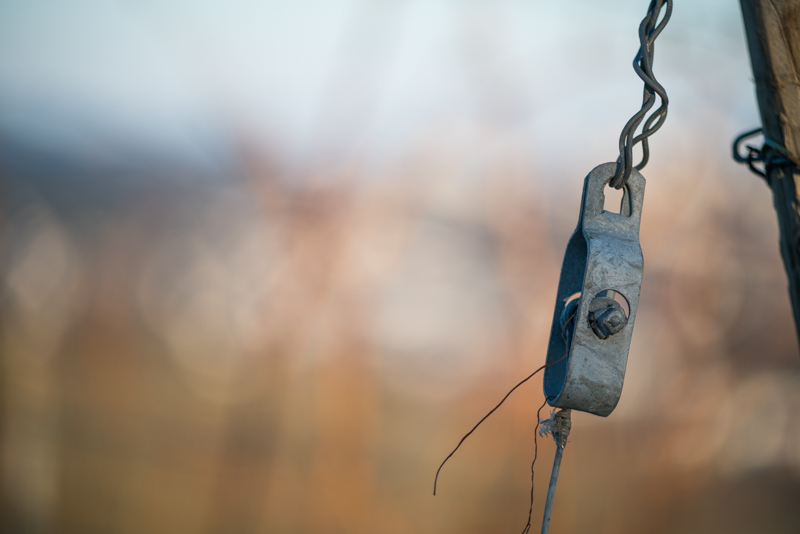
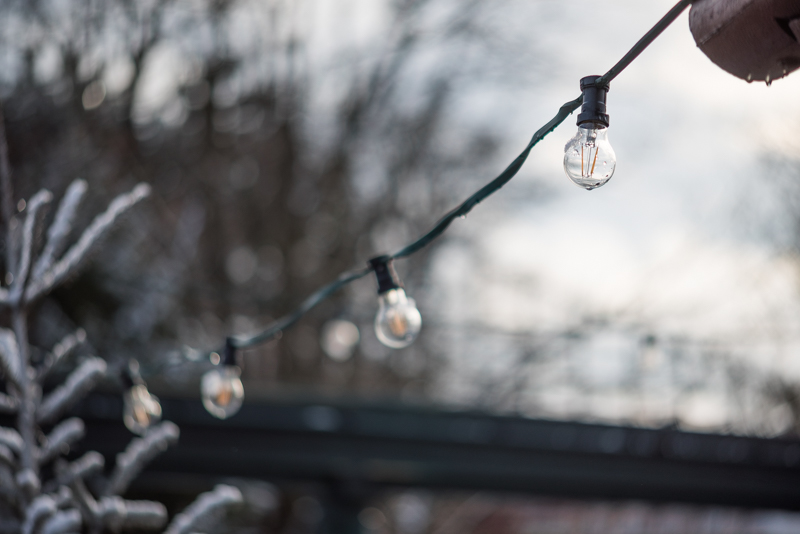
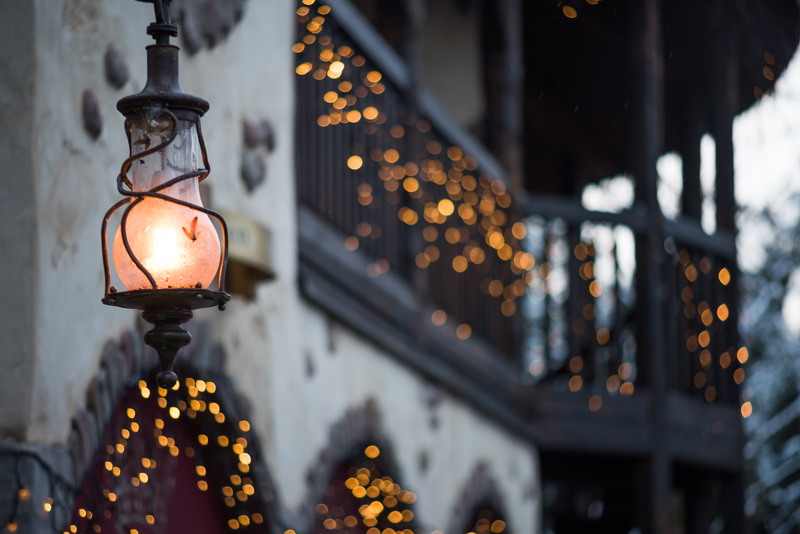
Sunstars
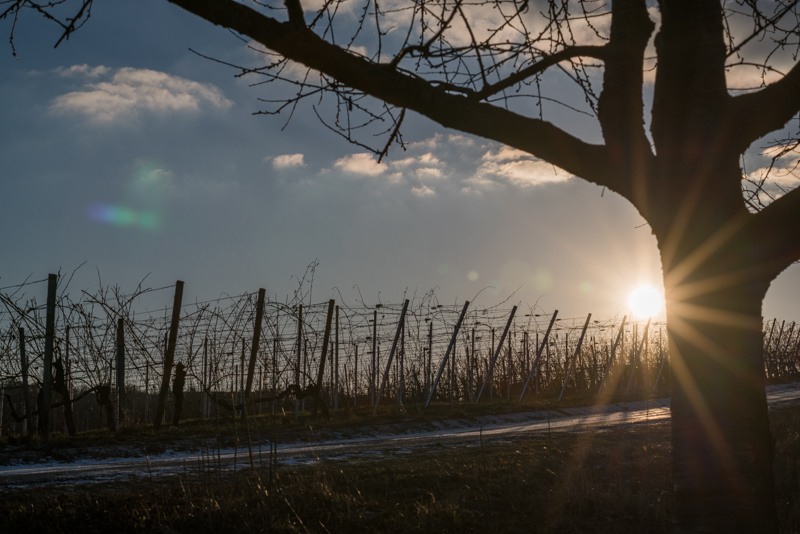
Because of the 7 straight aperture blades you get quite okay 14-stroke sunstars, but with this lens sunstars also come with ghosts and reduced contrast. Bummer.
Chromatic aberrations
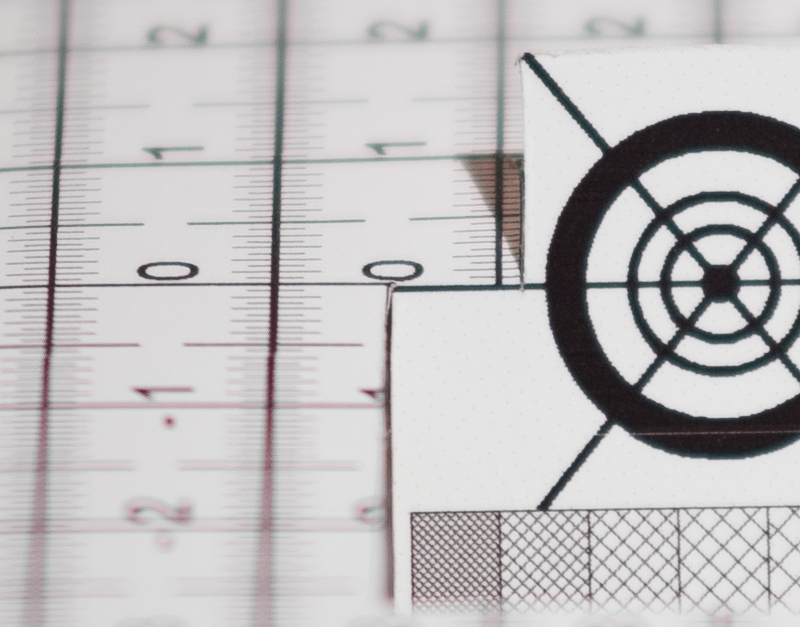
Longitudinal CA (loCA) are present, at the minimum focus distance you can see green outlining behind and magenta outlining in front of the plane in focus. Also when shooting near infinity purple fringing is present. Take a look at these crops from one of the sample images:
100% crops | Sony A7rII | Nikon Series E 75-150mm 3.5@150mm 3.5 | Before: plane in focus | After: background
Alternatives
Minolta MD 75-150mm 4.0:
This is a third of a stop slower, has only 6 aperture blades but does not suffer from zoom creep as badly. Phillip owns one but did not yet write a review. Seems also to be a less common lens compared to the Nikon.
100 or 135mm prime:
Depending on your preferences and/or the other lenses in your kit a 100 or even 135mm prime might be the better choice. We listed some of the lenses we would recommend in this article.
70-200mm 4.0 zooms:
A bit more reach, third of a stop slower, mostly much bigger. The only one I have thorough experience with is the much more expensive Canon EF 70-200mm 4.0L.
Conclusion
good
|
average
|
not good
|
No manufacturer produces small telezooms anymore, so I decided to try this rather famous Series E lens.
Unfortunately it didn’t really meet my expectations. The problem isn’t that it struggles with the 42mp sensor – this was to be expected. But the handling and flare issues really let me down.
Telling you the ring is loose on most samples doesn’t nearly cut it, a fly landing on the lens is probably able to turn it. Of course the slightest tilt of the camera will also make the ring bang right to one of the end stops. One of the main reasons for me to use manual lenses is being able to set very precise focus for my landscape shots, with this lens this isn’t an easy task.
But the mediocre (to say the least) flare resistance really spoiled the game for me: I like to include the sun in the frame, let alone during sunrise or sunset, and this is almost impossible using this lens.
Regarding sharpness this lens holds up suprisingly well at the 75mm end though, even on the 42mp sensor, but at the 150mm end: not so much.
Of course it is still possible to take nice shots with this lens, but for me there are just too many little caveats you have to work around. I also found myself mostly shooting at the long end, so for me an even smaller yet faster 135mm prime would probably be the better choice.
There is one aspect I didn’t talk about yet and that is the price. This lens is ridiculously cheap. You know everything to be aware of now, so in case you find one in pristine condition without the loose zoom/focus ring and you rarely shoot with the sun inside (or near) the frame you might find yourself liking it much more than I did.
These are very cheap, you can get one used for as little as 40$/70€ on ebay.com/ebay.de
(affiliate links)
Sample Images
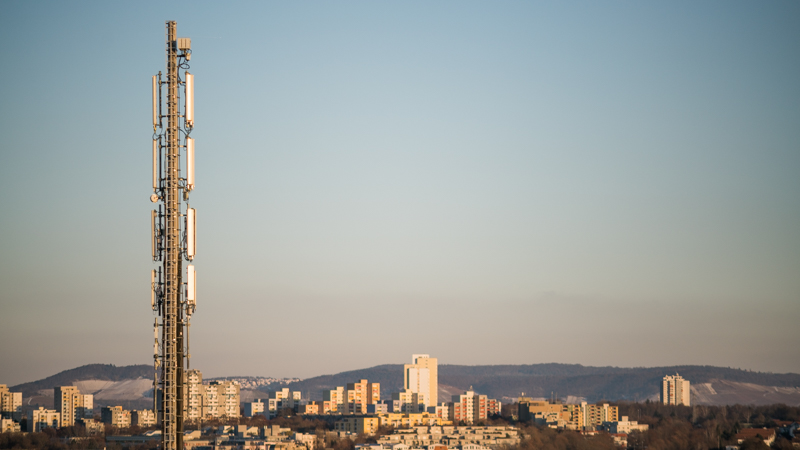
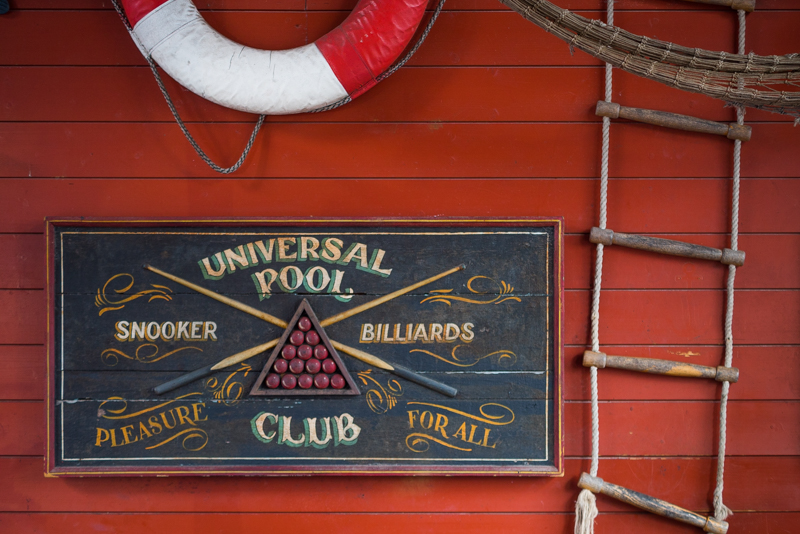
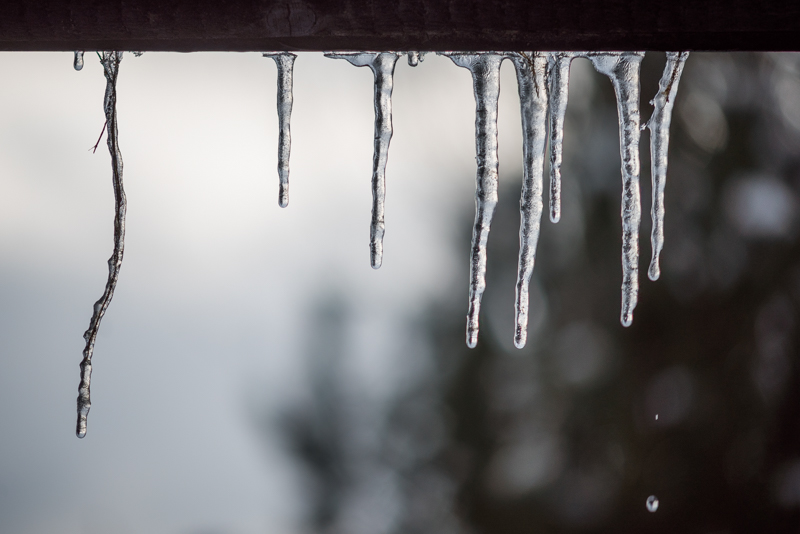
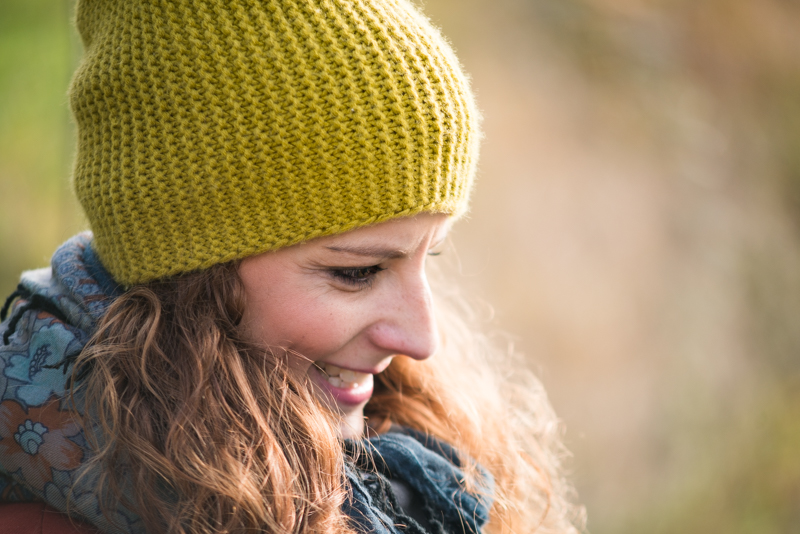
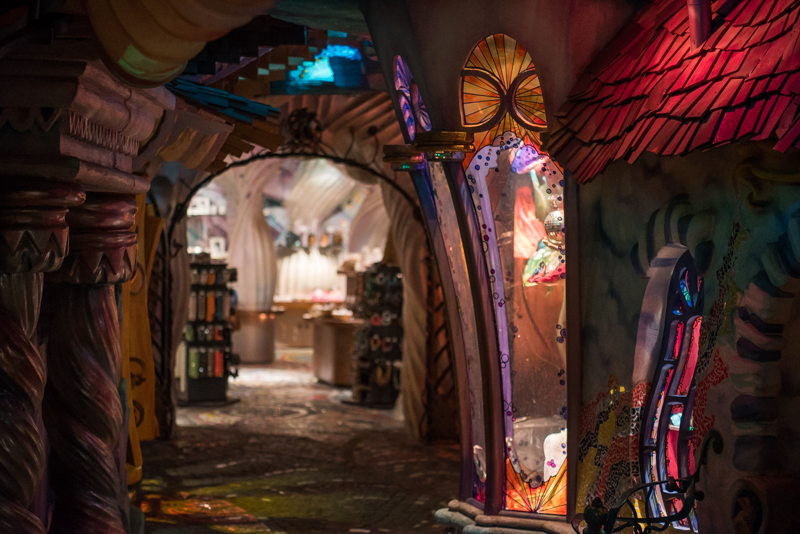
Further Reading
- Affordable manual lenses for A7 series cameras
- Canon nFD 135mm 2.8 Review
- User Guide to Ultra Wide Angle Lenses for A7 Series Cameras
Support Us
Did you find this article useful or just liked reading it? Treat us to a coffee!
![]()
![]()
![]() via Paypal
via Paypal
This site contains affiliate links. If you make a purchase using any of the links marked as affiliate links, I may receive a small commission at no additional cost to you. This helps support the creation of future content.
Latest posts by BastianK (see all)
- Review: Nikon Nikkor 105mm 1.8 Ai-s - December 28, 2025
- 2025 – Year in Review - December 23, 2025
- Review: Sony FE 70-200mm 4.0 G Macro OSS II - December 20, 2025




Rather good when the price is taken into account.
I have the 50/1.8 Series E and it has noticeably better edge sharpness than the Nikkor 50/1.4 Ais .
There are numerous manual focus zoom Nikkors well worth testing, including the sometimes unjustly maligned 35-70/ 3.3-4.5, the wonderful 35-70/ 3.5 (Ais), 35-105/ 3.5-4.5, 35-200/3.5-4.5, 28-85/3.5-4.5, et alia. Great build qualities, too.
Thanks for an excellent site, and best wishes for 2017.
You guys should try the Minolta AF 70-210 f/4 Beercan. It’s A-mount, so with an LA-EA4 adapter you even have autofocus!
In my experience, the focus/zoom ring is quite loose by design – I’ve never handled a sample where it did not slide around when the lens is pointed up-/downwards. You should probably regard that as a feature – love it or leave it 🙂 For hand held shooting I quite like this, though it probably takes some practice if you’ve never used a push/pull zoom before. For tripod use, I think there are better options.
Even though I rarely use it (it doesn’t fit into my favorite “carry always” bag) this one one of my favorite lenses. Not quite sure why – I just happen to like the look it produces.
From all what I have seen, read and hold in hand I also doubt there are less loose ones, but I didn`t want to completely rule out the possibility ☺
I had one that was not loose. Handling was much better, but it had haze so…oh well. 😉
I have Nikon and Pentax systems. Back in the 80s/90s, I had a Pentax 75-150 F4. The lens was wonderfull but I decided to sell it and to buy autofocus from then on.
I always regreted having sold my Pentax 75-150. Last year I bough another in mint condition. I was (again) so happy about it that I decided to buy the 70-150 Nikon E series for my Nikon cameras.
Although I don’t have autofocus in both lenses, I kind of don’t need it. I use the primarely for portrait around 100mm, F5.6-F6.7 and unising a monopod. I decide the framing I want and pre-focus manually for it. Then I may adjust the zoom a tiny bit closer or a tiny bit farer.
I get better results with the Pentax lense but the Nikon results are very good indeed as well. Strangely enough my Pentax results seem to be way better from those shown in this test, but my Nikon results are quite better as well.
As far as I can remember the Pentax lense was the zoom portrait reference at the time (70s~80s).
If you find the time to compare this lens to the Minolta 75-150/4 mentioned in the alternatives section, I think you might find the Minolta the better choice. It’s smaller, lighter, handles better (by the sound of it) and image quality is at least as good and probably better. I’ve collected nearly all easily obtainable Minolta MD zooms and the 75-150/4 is one of the better ones. Altohugh I’m only able to test on a crop format digital.
You gave this one a fair chance and even produced some great shots with. And a constant aperture of f3.5 says something. Maybe starter zoom for the budding photog?
Taking the price into account you can hardly go wrong with this lens, I have many adapters more expensive.
But for me handling is important and the 75-150 really got in the way of my shooting from time to time.
If someone would produce a modern high quality incarnation though, I would be very tempted…
If I am not mistaken, I think this lens was one of Galen Rowell’s favorites for fast and light work.
Hi Bastian
thanks for the review! Thank god for us A7 users that focal range is covered by the magnificient Canon FD 80-200 4.0 L 😉 I don’t know any better (reasonably priced) manual focus zoom lens in that range.
Did you ever use the Contax/Zeiss 4/80-200? At least my sample has sharper corners than the FD 4/80-200 L that I used to own, is better build and cheaper. Phillip had some Hotspots with the Contax that I didn’t see so far in my images.
thanks for your review Bastian ! I didn’t know such small zooms ever existed. Good read. Have a nice day
You are welcome!
I think it is sad no one makes such small zooms anymore. But with most people buying huge 2.8 zooms I am not even sure there is still a market for these today.
It’s just possible a late copy of the OM Zuiko 75-150 f4 could be worth trying. It’s a two ring zoom, so at least it won’t have the handling issues. But it’s small and cheap.
As another alternative if you are willing to try, Canon also made a 70-150 f4.5 lens. Quite a bit slower, but might be worth a look. It’s a push pull design as well, and I wasn’t a fan when I owned it so I sold it without testing it too much, they go for like $20 though
Probably just luck on my part but my 75-150 is in absolute mint condition (I’m not sure if this thing was ever even used) and has virtually no zoom creep. If I’m at 75mm and hold it lens facing down it stays in place. It’s not quite as tight if I’m somewhere in the middle but it still doesn’t move much. I paid $50 for it. If my Nikkor 2.5/105 wasn’t such an incredible lens I’d probably never take it off my camera.
My 70-150mm Nikon E is the same. Some such examples are out there…
My copy was almost mint when I received it and so far I don’t have problem with zoom creep. I seldom use mine because I have a lot of primes. But lately I re-checked the few photos I had taken with it and it surprised me how sharp it was! I should give it a second chance out there in the field and create memorable photos with it.
I like those lightweight, not so fast, zooms – useful to have instead of all the heavy f2.8s sometimes.
The Angenieux 70-210 f3.5 is really interesting, and smaller than many 70-200 f4 lenses are. Contrast isn’t super-high on my copy, as is often the case with older zoom designs, but that can be helpful at times and is easily corrected in post if required. It’s sharp ‘enough’ and the bokeh is really nice, to an extent that zooms seldom are. Wonderful build quality, but still quite light in weight.
(It’s also parfocal, so the movie makers are probably driving the prices up a bit these days.)
The zoom creep is very real, but should be a non-issue. It is easily addressed by using a little strip or two of high quality electrical tape on the underside of the zoom barrel. After this you will have NO zoom creep. The lens is a good performer with a $6 short telephoto lens hood. A number of the soft pics shown appear to be due to faulty focus due to the loose zoom collar. The reviewer really should use some electrical tape and re-test this lens.
Just want to mention that I recently acquired a Vivitar 70-150mm F3.8. It’s made by Kiron, which supposedly made the Series E 75-150. I’d say performance is virtually identical and it’s smaller and has no zoom creep issues. I paid $12 for it so not a bad little travel zoom for the price. Oh and it turns the right way if you’re a Minolta or Canon shooter. Only downside is 6 blades instead of 7 and F3.8 instead of F3.5.
When using these 75-150mm lenses without a tripod I would like to know what value you use for the Sony Steadyshot IBIS ?
Some middle value or just the longest focal length? And does that work o.k. when the lens is at 75mm ? I can’t imagine changing it with every shot…checking focal length….changing Steadyshot…
I would use the shortest focal length, so 75mm in this case. If you choose a too long one the IBIS will overcorrect which can cause blur instead of preventing it.
The Tamron 70-150 f3.5 (f4) 20A model is considered quite good and would be worth a proper testing. I’ve got one and while I’ve not got around to using it yet it’s a proper metal-bodied lens with rubber grip and positive controls. It’also has a good Depth of Field scale.
Is this lens compatible with a Nikon D3000 ???
Thanks
You have to focus manually and no auto-exposure. Not recommended.
Chinon 75-150/3.8 is an alternative. Cheap and good tight feeling…PK-mount. I own it with a dedicated 2x multiplier…
I have a 75-150 that I bought used in like new condition circa 1989. Lens creep has never been an issue but over the years the focus/zoom ring got a little looser.
I had Authorized Photo Service (http://www.nikoncamerarepair.com) do a CLA some years back. The lens came back with the focus/zoom ring feeling like new. APS has done the same thing on all of my MF Nikkors because use and age tends to affect the feel of the focus ring. The last time I had it done the cost was around $75.
The matched HN21 lens hood helps with flare. I tend to be careful to keep light from hitting the front lens element on all my Nikkors. Some primes have minimal flare and make great sunstars e.g. the 24mm 2.8 AIS.
For a few years the 75-150E was the darling of the fashion photography set on the catwalks.
Designers knew their job and made sure the catwalk lighting was good and everyone fought for the best photo point. The narrow range (x2) suited this role just fine and the weight made the lens bearable for a 90 minute show when tripods and monopods were banned.
Now of course we have F2.8 and even F2 AF- zoom lenses – but the weight is again the problem for the job so once more, you may be surprised to see what lightweight kit is actually being used,
Here is a hack for this lens; a 1″ piece of electrical or gaffer tape placed on the smaller diameter tube causes just enough friction on the zoom/focus ring to prevent zoom creep and focus changes when a fly lands on it.
I own both 100mm and 135mm f2.8 Series E. Love them, really great lenses. I prefer the 100s instead of the 85mm Af Sony that I returned. Best combo of handling and weight saving.
My lens has a fairly loose push pull situation going. So I printed a rubber ring that sits tight and which I can slide up or down. In this way I have always the ring to push against/to restrict the mechanism. Shooting down on a tripod is possible again. I like the charme of the lens.